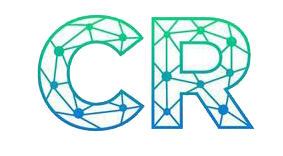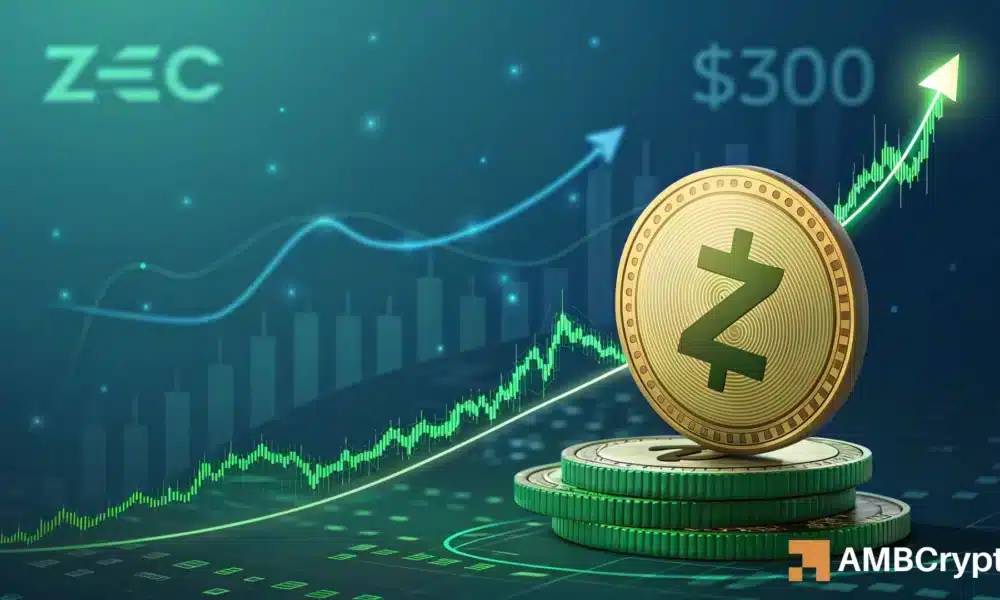Key Takeaways
Why is ZEC gaining again?
Price rebounded 15% to $224 after holding above its 20-day EMA, signaling renewed buyer strength.
What do Zcash’s derivatives show now?
Open Interest hit $170 million and Long/Short Ratio 1.213, supporting a continued move toward $300 liquidity clusters.
Zcash [ZEC] rebounded sharply after days of selling pressure, rising 15% in 24 hours as buyers reclaimed control.
The recovery began when prices bounced off the 20-day EMA at $187.75, marking the start of a short-term uptrend.
ZEC traded at $224.20 on the 18th of October, extending its two-day rally while momentum strengthened.


Source: TradingView
The Stochastic RSI hovered near 5.82 / 6.85, rebounding from oversold levels. This indicated that selling momentum was fading and positioned ZEC for a possible retest of the $300 resistance zone.
Buyers dominate the derivatives market
Derivatives metrics reinforced the same outlook.
AMBCrypto’s analysis of Coinalyze data showed that the Aggregated Long/Short Ratio stood at 1.3, signaling a strong bias toward long positions.
That shift reflected improving sentiment after a prolonged bearish stretch.


Source: Coinalyze
Since mid-October, this ratio has consistently remained above 1.0 alongside a steady rise in Open Interest, which climbed to $170.6 million.
This mirrors ZEC’s earlier mid-October setup, when Open Interest surged to $237 million amid strong retail inflows—an episode that preceded its previous 12% daily rally toward $300.
Together, these readings highlight traders’ growing confidence and hint at continued upside potential as short liquidations cluster near $210.


Source: Coinalyze
Liquidity zones favor another push higher
According to CoinGlass, multiple liquidity clusters lie above the abovementioned prices.
The largest sat at $300 at press time, backed by roughly 1.49 million in liquidation leverage—marking it as the next high-interest zone.


Source: CoinGlass
This setup supported the view that ZEC could extend its rally toward $300, provided trading volume holds.
However, the Liquidity Heatmap also showed new demand forming between $200–$210, creating a short-term support base that could fuel another rally if trading volume continues to rise.







